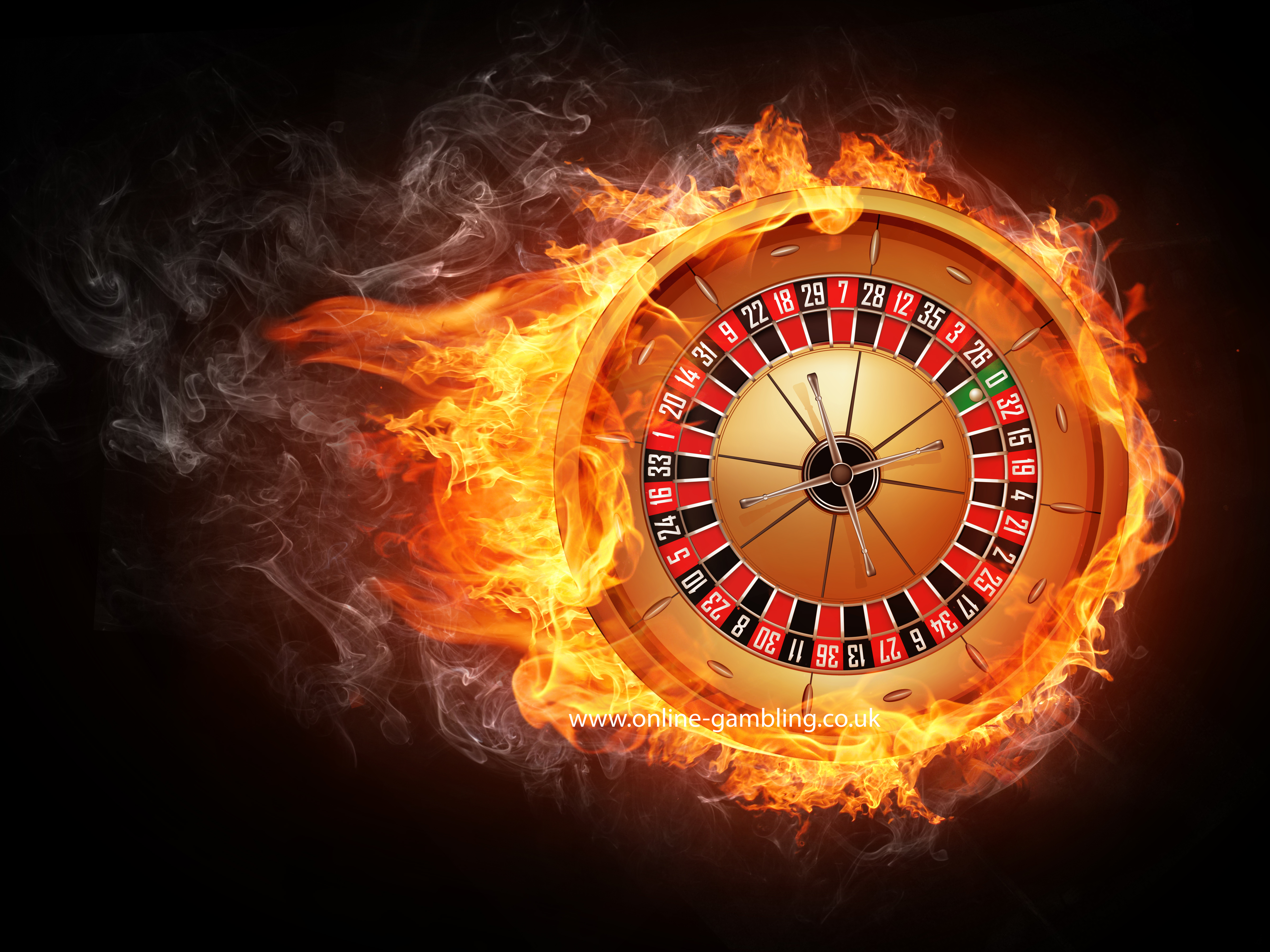In what way Gaming Establishments Utilize Shade and Style to Attract Gamers

In a lively and thrilling world of casinos, where luck and strategy intertwine, hues and aesthetic play a pivotal role in attracting players. From the moment players step into a casino or access a gaming platform, they are enveloped in a sightly feast that grabs their attention and entices them to discover more. Vivid colors, captivating graphics, and innovative layouts are carefully crafted to create an atmosphere of thrill and anticipation, ultimately improving the gaming experience.
While gamblers move through the dynamic landscape of casino games, they come across a variety of designs that not only serve aesthetic purposes but also influence feelings and choices. Hues like red and yellow symbolize riches and fortune, while soothing blues and greens can create a much relaxed environment. Grasping how these elements function together allows casinos to create an welcoming and stimulating atmosphere that encourages players to interact with the games, invest additional time at the tables, and boost their overall enjoyment.
The Psychology of Tint in Gambling Games
Tint plays a critical role in the design of gambling games, influencing players’ feelings and behaviors. Lively and bold colors, such as scarlet and amber, are often used to incite excitement and draw focus. These hues create a sense of pressure and vitality, encouraging gamblers to participate more enthusiastically with the experience. By thoughtfully selecting colors, developers aim to evoke emotions of joy and anticipation, which can enhance the overall player experience.
Distinct hues also have psychological meanings that can impact how players perceive their possibilities of success. For example, green is frequently associated with luck and wealth, making it a frequent choice in activities like the roulette wheel and poker games. This connection can lead participants to feel more positive and assured in their play, ultimately motivating them to bet more. Grasping these connections allows game creators to craft environments that enhance player enjoyment and engagement. f168.fit
Moreover, the layout of gambling game interfaces often employs gradients and differing colors to instruct players’ actions. For example, winning outcomes may be emphasized with bright, contrasting hues, creating a visual incentive. This method reinforces favorable outcomes and promotes repeated engagement. By utilizing color psychology, casinos can develop games that not only draw gamblers but also keep them involved and dedicated in their play experience.
Creative Elements that Engage Players
The visual appeal of casino games is largely influenced by the implementation of vibrant colors. Lively and striking colors are strategically chosen to create an inviting atmosphere that captures interest. For instance, reds and golds often signify luck and prosperity, which is why they are prevalent in the color schemes of slot machines and table surfaces. These colors not only attract players in, but they also evoke emotions associated with thrill and expectation, enhancing the total gaming experience.
In addition to color, the design and organization of gambling games play a crucial role in captivating players. Games are designed to be user-friendly, ensuring that players can easily understand the guidelines and gameplay. User-friendly interfaces, along with captivating graphics and motion, help maintain gamer interest and promote extended play sessions. The tactile elements, such as the texture of the buttons and the audio of the games, also contribute to a holistic sensory experience that keeps players immersed.
In conclusion, thematic elements in game design can significantly influence player choice. Many gambling games are inspired by popular culture, fairy tales, or adventure themes, featuring symbols and characters that connect with players. These themes create a sense of immersion and relatability, making each game feel unique. When players feel a connection to the concept, they are more likely to choose that game over others, leading to higher participation and excitement within the casino environment.
Case Studies: Effective Casino Game Designs
One prime example of impressive gambling game design is the popular slot machine series themed around blockbuster movies. Games such as those based on the The Wizard of Oz and Game of thrones utilize vibrant colors and top-notch graphics to engage players in familiar narratives. The employment of moving visuals and entertaining sound effects takes the interest of players, establishing an psychological connection to the theme. This approach not only fosters longer play but also boosts the overall gaming experience, yielding increased player retention.
Another effective case is the application of the psychology of color in table games like 21 and the wheel. Casinos often design these games with rich reds and greens, colors traditionally associated with luck and wealth. For instance, the emerald felt on a blackjack table provides a calming effect, while the crimson accents in the wheel invite thrill. This deliberate use of color helps to establish an inviting atmosphere that motivates players to engage, addressing their psychological impulses and enhancing their enjoyment.
Finally, social casino games that incorporate community features and lively, lively designs have experienced remarkable success in engaging players. Games like Zynga’s Poker and Slot-O-Mania leverage vivid colors and playful animations to create an inviting online environment. The inclusion of leaderboards, community sharing options, and in-game rewards fosters competition and community, attracting players in for longer sessions. Such designs merely make the games visually appealing but also emphasize social connectivity, a crucial factor in player retention and engagement within online casino environments.


